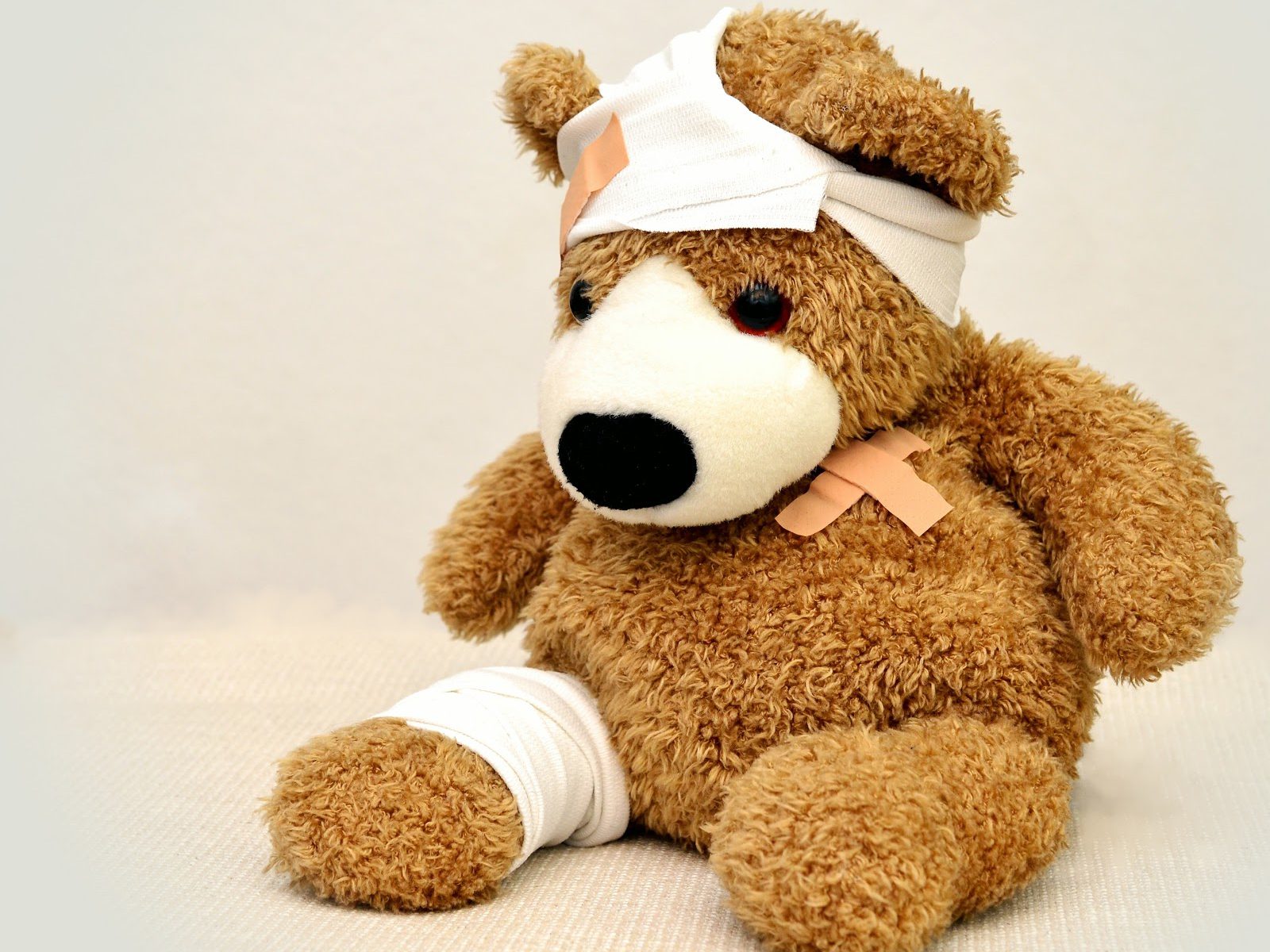When you drop your child off at preschool, you want nothing more than to get them back happy and healthy at the end of the day. But unfortunately, this isn’t the reality for many families across the nation. Time and time again we hear of preventable preschool tragedies caused by inadequate or outdated facilities and equipment and improperly trained staff.
This is why it is so important for parents to take the time to find a preschool that takes the right precautions to keep their kiddos safe. In this article, we’ll discuss some of the red flags to look for in a preschool facility.
How to Spot Red Flags
You may be wondering how you can find dangers lurking in a preschool without the ability to do a thorough inspection.
Research
Don’t be afraid to do a little digging online. You can often find complaints filed against preschools or reviews written by other parents. These can give some indication of what a school is doing right or wrong.
Walk-throughs and In-person Visits
Many schools allow prospective families to tour the preschool before enrolling. This is a great opportunity to get eyes on the inside and take note of anything that may be of concern. Make sure to ask questions about safety precautions in and out of the classroom.
Ask the School for Certifications
Properly certified schools should be happy to provide you with information about their certification. Look into this carefully as some certifications are just voluntary self-checks. Make sure that the inspection or certification was completed by a legitimate third party and that inspections are performed on a regular basis.
Just these three things can help you catch dangers in a classroom that could cause potential harm to your child.
Red Flags to Look for in a Preschool Facility
While doing your research on different preschools in your area, be on the lookout for these red flags.
On the Playground
According to the National Safety Council, some of the biggest playground hazards include:
- Improper ground surfaces: Swings and other playground equipment should be situated on the proper surface. Acceptable surfaces include: pea gravel, mulch, wood chips, or mats made of safety-tested rubber. Beware of exposed concrete footing, large rocks, or tree stumps.
- Unprotected elevated areas: Any platform that is higher than thirty inches should have protective barriers or guardrails.
- Overcrowded areas: Equipment should not be crowded. Ample space should exist between swing set areas.
- Head entrapment spaces: Little heads can get trapped in small spaces, posing a strangulation hazard. Openings between rungs, rails, and ropes should be more than 9 inches or less than 3.5 inches.
- Sharp edges and points: Equipment and structures outside should not have any sharp protruding points or edges like bolt ends, hooks, and more.
Another aspect of playground and outdoor safety that is often overlooked is sun exposure. Schools should take steps to limit children’s sun exposure during peak hours and ensure that playground equipment is not hot to the touch.
In the Classroom
Just like parents take steps to baby-proof and toddler-proof their homes, preschools should take steps to kid-proof their classroom. Even the simplest of precautions, such as electrical outlet covers, can prevent fatal accidents from occuring.
Entrances and Exits
Doors should be locked from the outside to prevent unwanted guests from entering a classroom without first checking in. However, for fire safety reasons, doors should not be locked from the inside. Handrails should accompany any stairs or inclined walkways. When it comes to windows, they need to be properly secured, as preschoolers can fall out and injure themselves.
Storage of Dangerous Objects and Toxic Substances
Materials and supplies that pose a danger to children such as tacks, scissors, cleaning solvents, and more should be kept safely locked away from small hands.
Walls and Electrical Sockets
Children are curious and will naturally want to stick objects where they shouldn’t go, like in electrical sockets. All wall sockets should have plastic covers. Wall hangings should be light and out of a child’s reach.
Untethered Furniture
Bookcases, shelves, televisions, and other large pieces of furniture should be secured to walls to prevent them from falling on children. Corners of all furniture pieces should also be rounded to prevent injury.
Floor Hazards and Ceiling Damage
The floor should be free of any splinters or sharp objects and generally clear of obstacles and debris. Rugs should have a non-slip mat or tape underneath to prevent kids from tripping or sliding on the rug. Similarly, make sure to check the area above your head for things like water damage. This can cause roof tiles to crumble and fall unexpectedly or become moldy.
Unsanitized Surfaces
Preschools are a breeding ground for viruses and bacteria. Ensure that the school properly sanitizes and cleans the surfaces that the children come in contact with most often to prevent the spread of illness.
In addition to these specific safety concerns, it’s also important that your child has adequate supervision. Huge class sizes and high student to instructor ratios may mean that your child isn’t getting the attention they need. It also means that they aren’t being watched as carefully as they should, leaving the window open for potential accidents. PrekAdvisor recommends a student-teacher ratio of no more than 10:1.
Steps the Staff Can Take
Safety-wise, one of the most important things that you can ensure is that the staff at the preschool has undergone adequate background checks and are all trained and certified in CPR and first aid. This helps ensure that even if something does accidentally occur on the school’s watch, everyone around will be trained and up-to-date on the best techniques to help your child.
Early childhood educators should also take time to practice necessary emergency procedures with students, including fire drills and lockdown scenarios. When children are familiar with these, they will be better prepared to react efficiently should the real event occur.
Conclusion
Just by knowing these few things to look out for, you can help ensure a safe preschool experience for your child. If your child is already enrolled in preschool and you notice that something is amiss, bring it up to your child’s teacher or preschool director. The change may not be hard to make, but it could make the difference in a child’s wellbeing.

